This post may contain affiliate links. For full information, please see our disclaimer here and our Privacy Policy here.
Welcome to the Solo Female Travel Safety Tips and Advice page for Ecuador!
This page is brought to you by Solo Female Travelers Tours, our curated small group trips for women, by women.
On this page you will find first-hand, unbiased, and real safety tips, advice and reviews from women traveling solo, submitted directly from their personal experiences in the country.
Their opinions are unfiltered and submitted independently as part of the Solo Female Travel Safety Index, a ranking of 210 countries and regions based on how safe they are for women traveling solo.
The safety scores range from 1 to 4 with 1 being the safest and 4 being the most dangerous for solo female travelers.
You don’t need to login to read the below reviews. But do sign up or login to share your solo travel experiences, country safety rating and comments.
Jump straight to: Travel Tips | About the Index | Resources I Leave a Review
MAKE A DIFFERENCE – LEAVE YOUR SAFETY REVIEWS!
We can make the world a safer place for women traveling solo together. Sign up to our portal and leave your reviews NOW. Share your experience with other solo female travelers and help us empower more women through travel.
Ecuador Country data
We have compiled a few data points below that can help you better understand Ecuador and have more context when thinking about travel safety.
Official country name: Republic of Ecuador.
Etymology: The country's position on the globe, straddling the Equator, accounts for its Spanish name.
Country map
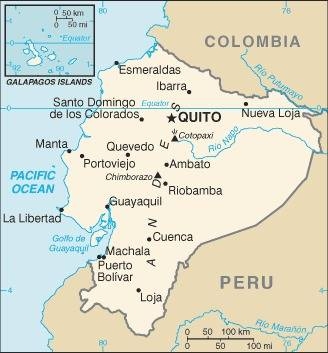
Locator map
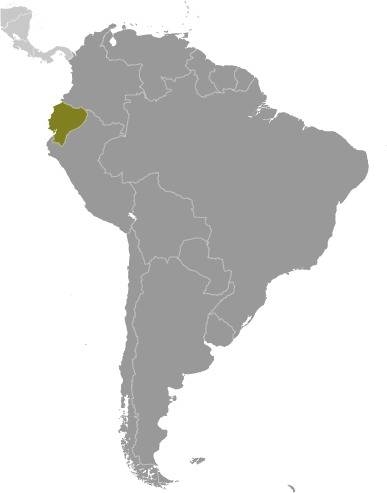
Flag
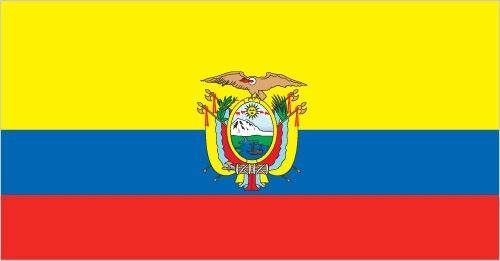
Capital: Quito.
Independence / foundation: What is now Ecuador formed part of the northern Inca Empire until the Spanish conquest in 1533. Quito became a seat of Spanish colonial government in 1563 and part of the Viceroyalty of New Granada in 1717.
The territories of the Viceroyalty, New Granada (Colombia), Venezuela, and Quito, gained their independence between 1819 and 1822 and formed a federation known as Gran Colombia. When Quito withdrew in 1830, the traditional name was changed in favor of the "Republic of the Equator."
Population: 17 million.
Currency: United States Dollar (USD)
1 EUR = 1.07 - 1.10 USD
Time zone: UTC-5
Languages spoken: Spanish (Castilian) 93% (official), Quechua 4%, other indigenous 1%, foreign 2%; note - (Quechua and Shuar are official languages of intercultural relations; other indigenous languages are in official use by indigenous peoples in the areas they inhabit).
Religions: Roman Catholic 69%, Evangelical 15%, Adventist 1%, Jehovah's Witness 1%, other 1%, agnostic or atheist 1%, none 10%, don't know/no response 1%.
Climate: Tropical along coast, becoming cooler inland at higher elevations; tropical in Amazonian jungle lowlands.
Real GDP (ppp – purchasing power parity): $195 billion.
Real GDP per capita (ppp): $10,900.
Main airports: Quito Airport, Guayaquil Airport, Baltra Airport.
World heritage sites in Ecuador
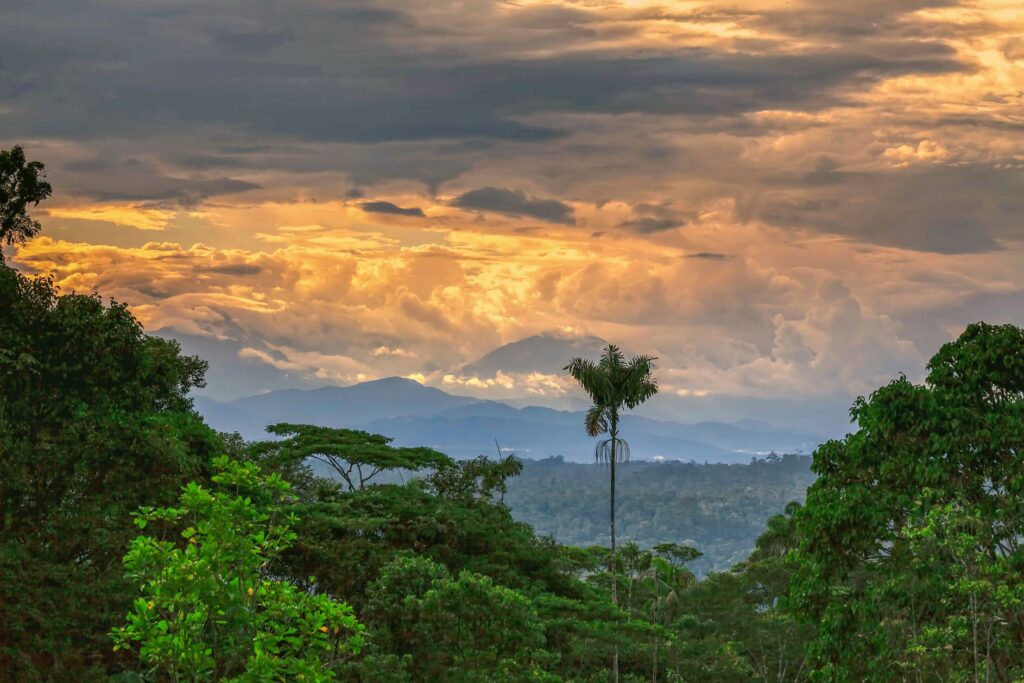


There are over 1,100 world heritage sites spread across more than 165 countries. New ones are added every year, and some may be removed from the list for various reasons.
Number of UNESCO listed sites: 5.
Top world heritage sites:
- Galápagos Islands.- Historic Centre of Santa Ana de los Ríos de Cuenca.
- Sangay National Park.
- City of Quito.
- Qhapaq Ñan, Andean Road System.
Interesting facts about Ecuador
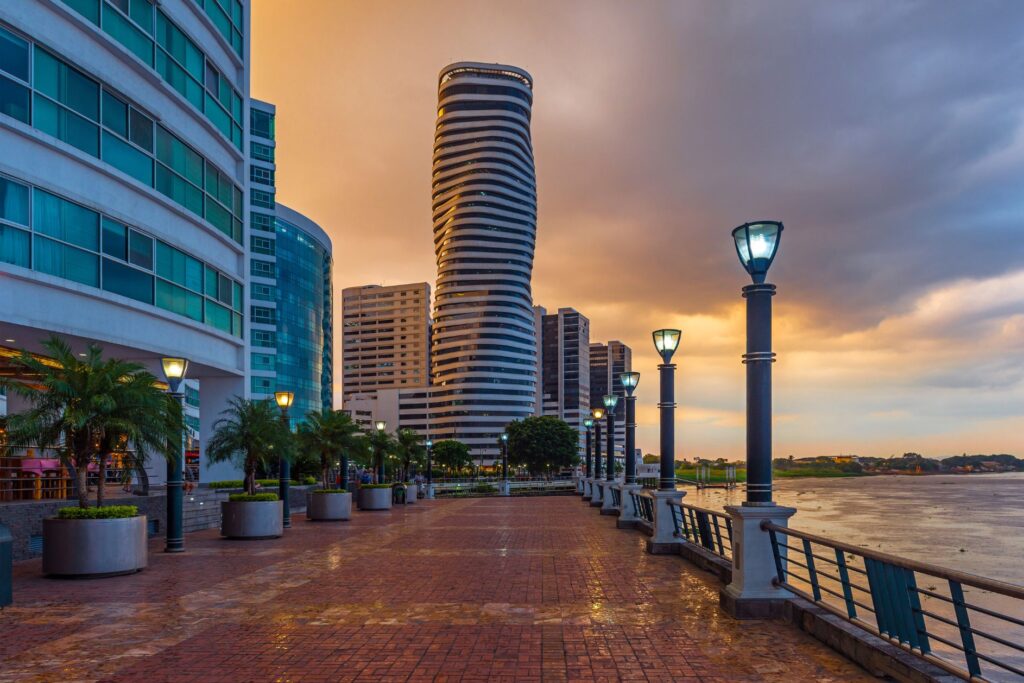
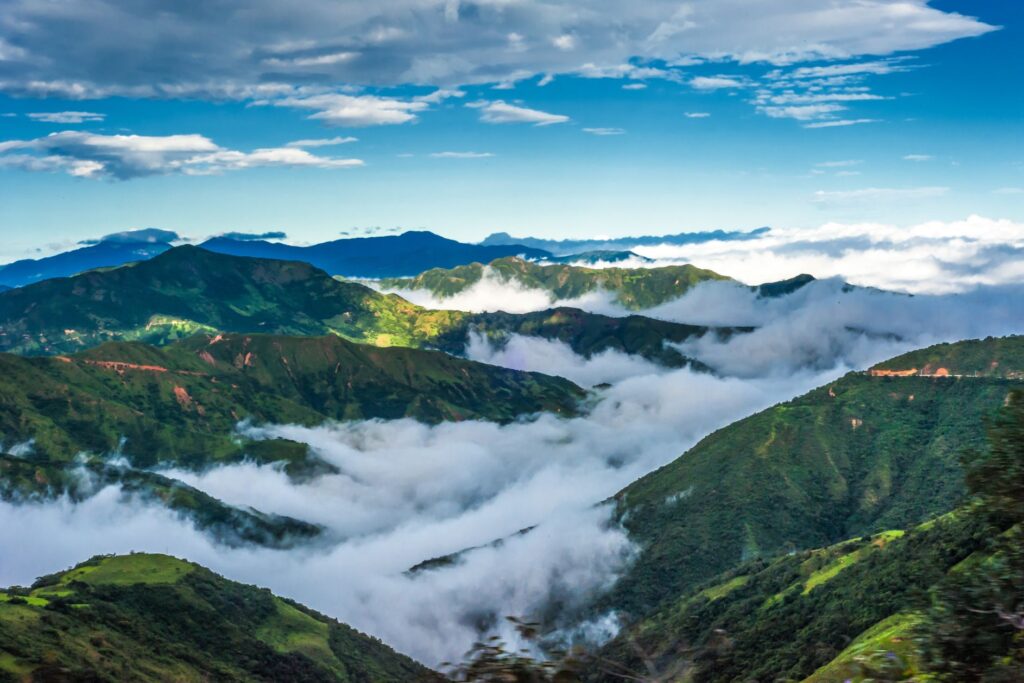
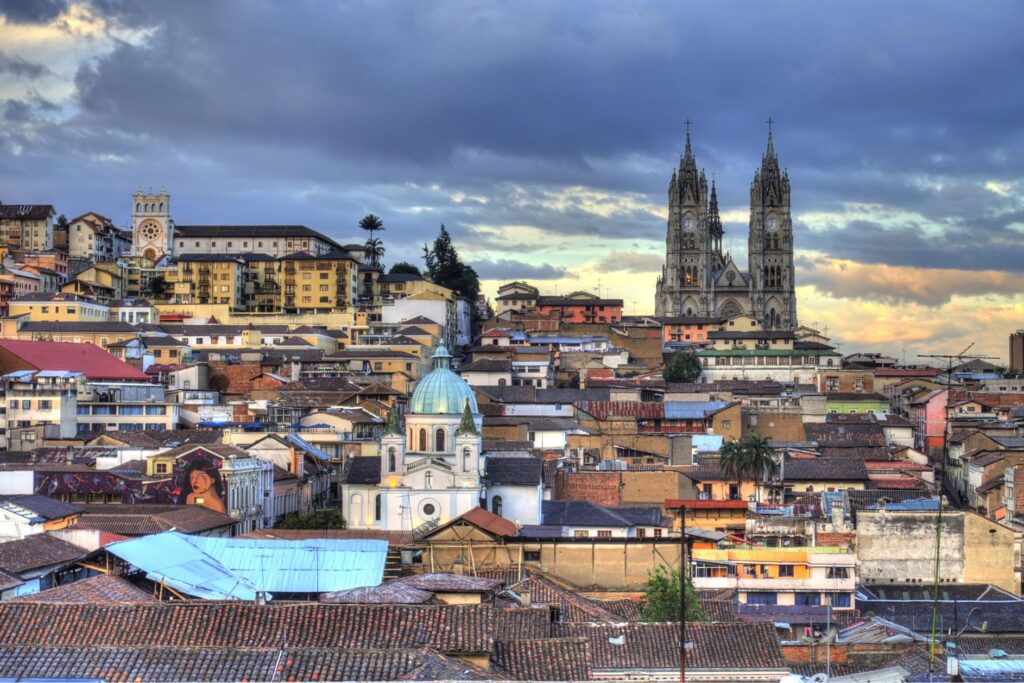
- Charles Darwin visited Ecuador’s Galápagos Islands in 1835. He based his theory of evolution on the discoveries he made there.
- Ecuador is the world's largest exporter of bananas, followed by the Philippines and Costa Rica.
- The country is home to the world’s first and second UNESCO World Heritage Sites. A total of 32 sites were initially recognized at the inaugural UNESCO World Heritage Conference in 1978. Each site has a number, site number 1 is the Galápagos Islands and number 2 is the city of Quito.
Further reading: N/A.
Ecuador Travel tips
Socket type: A / B. Guide to socket types.
Weekend days: Saturday and Sunday.
Driving: Cars drive on the Right.
Local taxi apps: Didi-Rider, Uber, EasyTaxi.
Travel Guides: Lonely Planet, Bradt Guide.
Languages spoken: Spanish (Castilian) 93% (official), Quechua 4%, other indigenous 1%, foreign 2%; note - (Quechua and Shuar are official languages of intercultural relations; other indigenous languages are in official use by indigenous peoples in the areas they inhabit).
Basic words and phrases in the main language:
Hello: HolaPlease: Por favor
Thank you: Gracias
Help: Necesito ayuda
Learn more with our favorite learning app Mondly.
Find a hotel in Ecuador
Booking.comBook tours and activities:
More about Ecuador on Solo Female Travelers
Coming soon.Did you spot any errors? We do our best to keep this information updated and accurate, but things change. If you saw anything that is not right, let us know so we can fix it: [email protected].
About the Solo Female Travel Safety Index
Safety matters to solo female travelers, you told us so in our annual Solo Female Travel Survey, where year after year, women prove that this is their most important concern when traveling solo.
We wanted to do something about it, so we built these country-specific pages where you can find reviews and scores for 7 key variables affecting the safety of women traveling solo.
Variables
- Risk of scam
- Risk of theft
- Risk of harassment
- Attitudes towards women
- UK Travel Advisory
- US Travel advisory
- Global Peace Index (GPI)
Informing OSAC
The Solo Female Travel Safety Score is used by the Overseas Security Advisory Council for including safety concerns for women travelers in their country security reports; OSAC is a partnership between the U.S. Department of State and private-sector security community.

How to use the Safety Index
On this page, you will find the country score and the personal opinions on safety of other women traveling solo.
You can sort the comments by:
- The level of experience traveling solo of the reviewer (beginner = <5 trips solo, Intermediate = 5 to 10 trips solo, Experienced = >10 trips solo).
- The age of the traveler.
- Whether they are a visitor or local.
- The date they were posted.
The safety scores range from 1 to 4 with 1 being the safest and 4 being the most dangerous for solo female travelers.
Thus, the lower the score, the safer the country.
Looking for more safety resources?
This entire website is devoted to helping women travel solo. Check out the links below to learn more:
Solo Female Travel Stats: Results from the the largest, most comprehensive and only global research study on solo female travel trends, preferences and behaviors published.
Thanks to Jacobo Vilella for creating the Solo Female Travelers Safety Index ❤️






